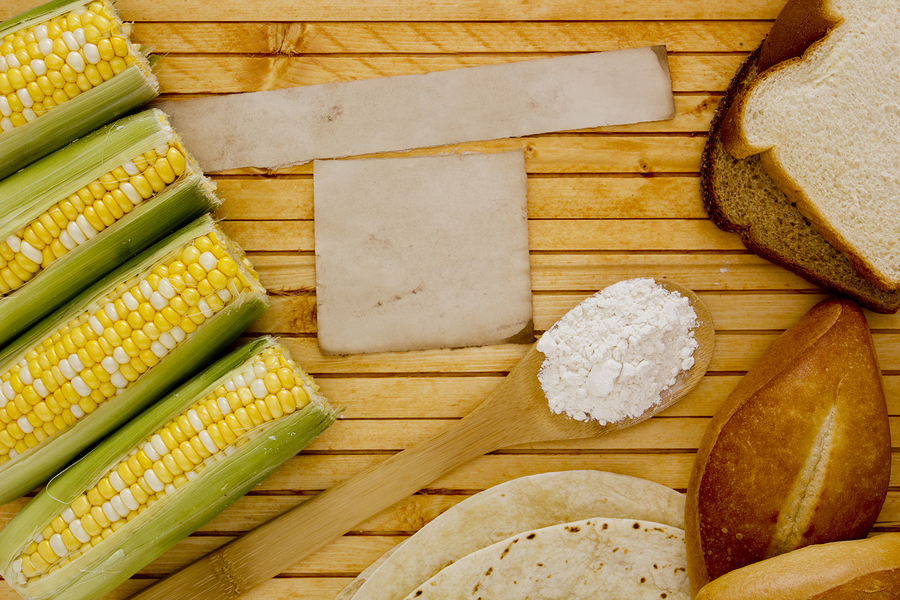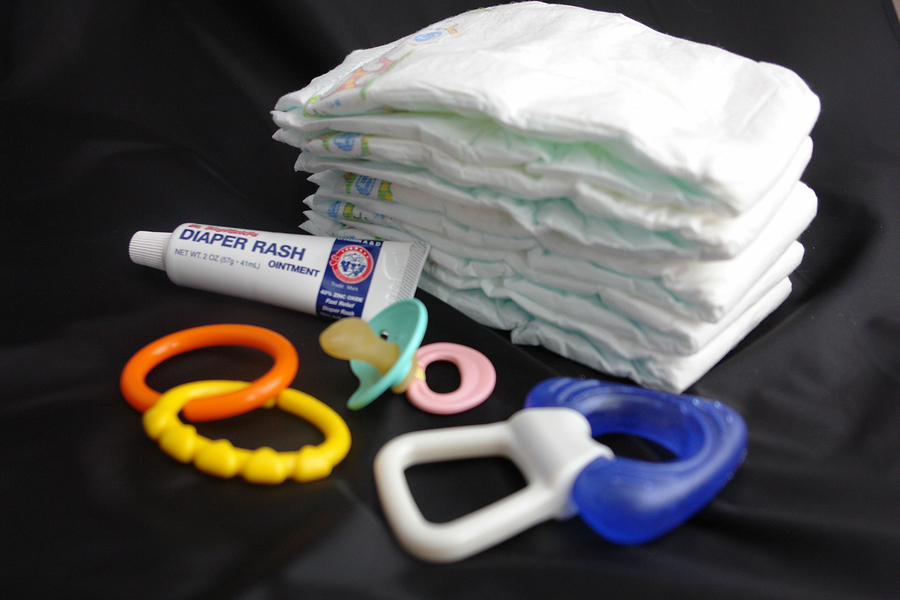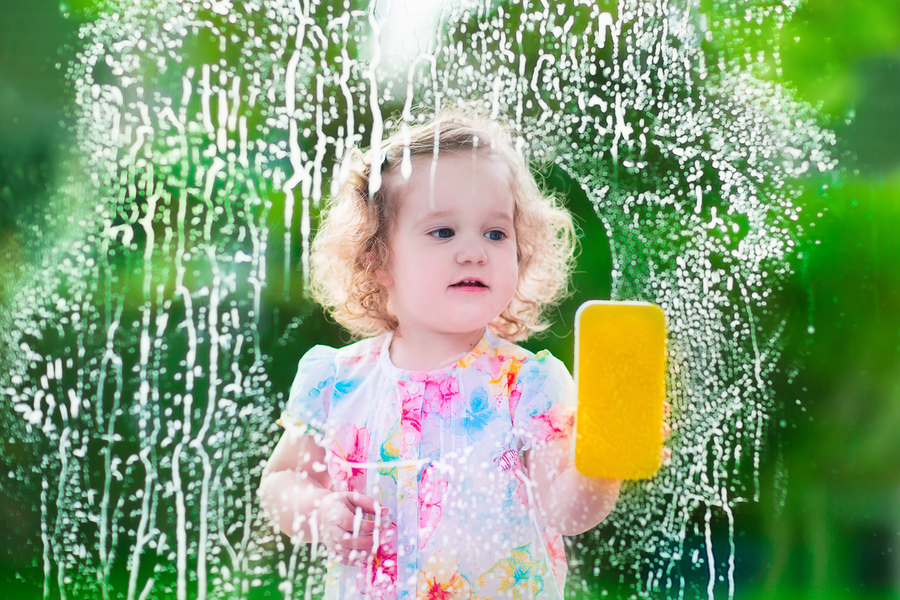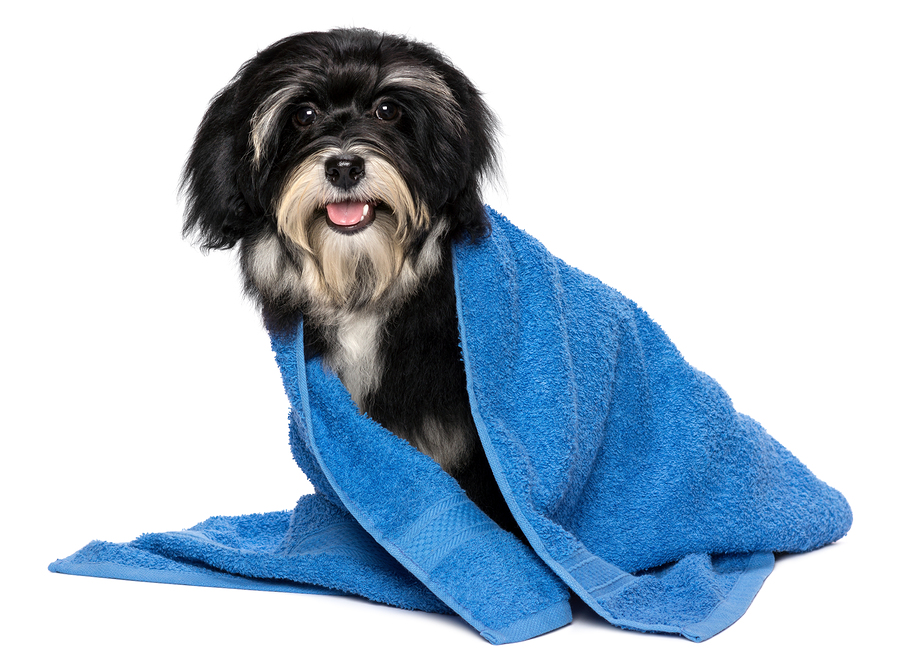- Make It Yourself Lavender Heart-Shaped Bath Bombs!
- 20 Things You Never Knew About “Down There”
- 12 Best Foods For Those Suffering From Arthritis Pain
- 12 Personal Hygiene Mistakes Almost Everyone Makes (Mom Never Told You About #4!)
- 15 Medicinal Plants And Herbs From The Cherokee People
- 12 Mind-Blowing Benefits Of Drinking Coconut Water During Pregnancy
- 12 Outstanding Winter Foods That Won’t Fatten You Up Like A Christmas Turkey
25 Reasons You Need More Cornstarch In Your Life (#15 Is The Best!)

Photo credit: bigstock.com
A simple staple found in almost every kitchen in America, cornstarch comes from the endosperm of corn kernels. You might think that the only thing cornstarch is good for involves culinary uses, but it actually has dozens of other uses.
Cornstarch is completely natural and highly absorbent, which makes it perfect for a number of uses. It is also hypoallergenic and non-toxic, so you can feel safe using it on pets or babies.
Want to know what else that box of cornstarch can do around your home? Keep reading!
1. Remove Mildew From Books
Unfortunately, all it takes is a little water for mildew to start eating away at our beloved books. You can stop this damage by sprinkling some cornstarch on the affected pages, allow it to absorb the moisture for several hours, and then brush off the excess with a large makeup brush.
2. Non-Toxic Face Paint For Kids
All kids love face painting, but if you are worried about all the chemicals in most face paints, you should be! You can make your own natural paint, however, with cornstarch. Simply mix one cup of cornstarch in a large bowl with two tablespoons of vegetable oil. Add just a few teaspoons of water until you get a thin, paste-like texture. If it should get too thin, don’t worry — just add another tablespoon of cornstarch. Divide this paste between several small bowls and add a few drops of food coloring to each one. This ‘paint’ will wash off easily and is completely safe.
3. Make Your Own Silly Putty
Youngsters love playing with Silly Putty. The next rainy day that finds your kids stuck inside, try this fun little project. Mix one cup of cornstarch in a bowl with half a cup of water so that you have a paste. While stirring this mixture, add just enough Elmer’s glue to this until you get a consistency like Silly Putty. Divide the mixture into smaller portions, and add food coloring if you like to each batch. Knead well to distribute the color. Store it in plastic containers with tight-fitting lids or plastic bags for later use.
4. Unstick Playing Cards
Those late night poker games or bridge games sometimes lead to cards getting soda, beer, or food on them, making them stick together. Don’t buy new cards: Simply put the cards in a paper bag and add a couple tablespoons of cornstarch. Shake well, then remove the cards and wipe them off with a dry microfiber cloth. This also works with cards from children’s board games or kids’ baseball, basketball, or other type of collectable cards.
5. Stop Chafing
Stiff clothing or hard seams rubbing against the body can cause painful chafing of the skin. You can prevent friction by filling an old talcum powder dispenser with cornstarch and sprinkling it over the affected areas. You can even put a few lavender flowers or rose petals inside the container to make it smell nice.
6. Oil Spots On Leather
Oily spots on leather shoes, boots, purses, car seats, or sofas can really spoil their beautiful look. You might think that the item is ruined, but try this trick first. Apply a liberal covering of cornstarch to the affected area. Allow to sit overnight. In the morning, brush off with a soft brush or a microfiber cloth. If the spot has diminished, but you can still see it, repeat. This works almost every time and does not harm the leather at all.
Continue to Page 2

Photo credit: bigstock.com
7. Stop Diaper Rash
This is a common problem every parent faces at one time or another. Rather than use risky talcum powder or chemically filled diaper creams, try cornstarch. Cornstarch is completely non-toxic and can be used over and over without any worries. Every time you change a diaper, use an old fashioned ladies’ face puff, and dust your baby’s bottom and the diaper with some cornstarch. You will be amazed at how well this works, and it’s inexpensive too!
8. Protect Your Veggies From Worms
Don’t you hate it when you find your vegetables are growing big and beautiful only to find a few days later that some kind of worm has decided that your veggies are too good to resist? You certainly don’t want to use any type of toxic pesticide, so what can you do? Although diatomaceous earth is fine on the ground, it’s not good for the leaves or the vegetables themselves. Not to worry — cornstarch to the rescue! Simply dust your plants, including the leaves, dirt, and the vegetables themselves, with cornstarch. If it rains, or if you wash it off with the hose, simply dust them again. This is a completely non-toxic way to protect your vegetables from worms. Be sure you wash off your veggies before eating them in case the cornstarch has absorbed anything toxic in the air.
9. Serious Sunburn Relief
If you should overdo your fun in the sun, cornstarch can provide some much needed relief. Mix cornstarch with cold water until you have a thin paste. Apply this to the burned skin and dry. Rinse off with cold water, and then apply a moisturizer. Repeat as often as necessary. You can also dust your sheets and pajamas with cornstarch to stop irritating your skin even more.
10. Give Seedlings A Better Start
Plants that are warm grow better. Give your seedlings a head start in the spring by putting a bit of the following cornstarch mixture into each hole before you plant the seedlings. If you are using seeds, you can also use this method. As the cornstarch mixture breaks down in the soil, it generates heat, which means that your seeds will sprout faster and your seedlings become established quicker. Put four cups of water in a pot and add two tablespoons of cornstarch. Bring to a boil, and cook it until it becomes almost clear and thick. Allow to cool completely before using.
11. Terrific Face Wash For Oily Skin
To really deep clean pores and leave your skin super soft, try this: Make a paste using three tablespoons of cornstarch and some lemon juice. You only want to use enough juice to make a spreadable paste. If it gets too thin, add a pinch more cornstarch. Apply this to your face, and leave on until it is almost dry. Rinse off with lukewarm water.
12. Remove Grease Or Oily Stains From Carpet Or Upholstery
The next time your kids drop something oily on your car’s upholstery or your husband brings in grease from the garage all over your carpet, cornstarch can help you clean up the mess. Sprinkle cornstarch liberally over the stain and rub it in well with a stiff brush. Let this sit for an hour or so to absorb all the grease, then vacuum up the remaining cornstarch. You can repeat this several times if you need to — until all the grease has been picked up and the stain is gone.
13. Treat Minor Household Burns
Minor burns, such as first degree burns you typically get in the kitchen or when you touch a hot iron, can be eased with a simple application of cornstarch. Add one tablespoon of corn starch and one tablespoon of baking soda to two quarts of water. Soak the affected area in this solution for instant relief from pain and inflammation.
Continue to Page 3

Photo credit: bigstock.com
14. Clean Glass
Grease and dirt on glass will come off very easily using some cornstarch. To make a super window cleaning solution, simply mix one tablespoon of corn starch and one tablespoon of vinegar in half a quart of water. Add this to a spray bottle and use it to get sparkling clean, streak-free windows. This also works on mirrors.
15. Kills Cockroaches
Ew. No one likes cockroaches, and they are a problem in every single part of the world. Unfortunately, the chemicals most people use to kill them are worse than the insects themselves. Worse still, overuse of many toxic chemicals is causing these ugly bugs to become resistant to many of them! You can avoid poisonous chemicals and kill cockroaches using this simple home remedy.
Make dough using some cornstarch, boric acid powder, powdered sugar, and just enough water so that everything sticks together. This will be a type of dry dough that will break into small pieces quite easily. Stick small, marble-sized pieces everywhere cockroaches love to hide, such as your kitchen cabinets, under the sink, and behind doors or appliances. Cockroaches will eat this mixture, and it will dehydrate them. The good news here is that they generally start looking for water and go into the drain to die, so you shouldn’t have to pick up too many bodies. Replace every three weeks until you no longer see any of those ugly bugs around. After that, once every three months should take care of any visiting cockroaches that decide to show up.
16. Stop Skin Rashes
If you should have a meeting with some poison ivy, poison oak, or any other type of substance that gives you an itchy rash, you can calm it with cornstarch. Try sprinkling the area with cornstarch first. If that does not provide you with sufficient relief, the mix some cornstarch with just enough water until you have a thin paste. Spread this over the area, and let it dry. If you like, you can add two or three drops of chamomile oil or lavender essential oil for extra soothing power you can really feel.
17. Superior Silver Polish
Add a bit of cornstarch to your polishing cloth and use this to rub your silverware. The fine grains in cornstarch will absorb oil residue and remove the tarnish without hurting the surface. Use another cloth to get the super high shine you want on your silver. No need to wash afterwards as cornstarch is gluten free and completely edible.
18. Dry Wash Underarms
If you are trying to avoid those chemical filled, toxic antiperspirants, we don’t blame you. Despite our best efforts, perspiration gets the better of us and, well, the smell is not so pleasant. To absorb sweat and reduce the odor, use a ladies powder puff and dust your underarms liberally with cornstarch.
19. Fix Squeaky Floorboards
Most floorboards begin squeaking over time due to their changing shape because of changes in the weather. Many people think that the board needs to be pulled up and either replaced or sanded down. Try this trick first; spread a liberal amount of cornstarch over the area where you hear the squeaking. Sweep it around into the cracks with a broom, and then sweep up the excess. This should reduce friction and should stop the board from squeaking.
Continue to Page 4

Photo credit: bigstock.com
20. Use Cornstarch Rather than Talcum Powder
If you live in an area where it gets humid in the summer months, or if you plan on taking a vacation to a tropical place, your body can quickly get that uncomfortable, sticky feeling. Talcum powder, however, has an unsavory reputation and many people find that the mineral in it makes their skin itchy. You can avoid all these problems by using cornstarch instead. Put some in an old talcum powder container and use it the same way you would talcum powder to stay dry whenever you find yourself in a sticky situation.
21. Make Your Own Fabric Starch
If you would like to make your own non-toxic fabric starch, put 1 cup of water and 1 tablespoon of corn starch in a pot. Bring to a boil and stir frequently until the mixture begins to thicken. Now add three cups of water to make it thin and allow it to cool. Strain into a bucket. You can dip your tablecloths or napkins in this mixture after washing. Wring them out the excess gently and hang to dry. If you want really crisp linens, iron them while they are still damp. If you want you can also use this as a spray on starch. Put this mixture in a spray bottle and spritz the inside of clothes just before you iron them.
22. Get Sticky Stuff Off Fido’s Coat
Dogs just love to roll around in stuff, don’t they? The problem is that those sticky things can be really hard to remove, even in a bath. Next time Fido decides to get himself sticky, sprinkle the area (or the whole dog if you need to) with cornstarch. It’s okay if he licks it off — it won’t hurt him. Allow it to sit for just a minute, and then brush it out. Repeat if necessary. This also works well getting rid of that wet-dog smell. Towel dry Fido until he is just damp, and then sprinkle some cornstarch all over. All it to absorb odors for a few minutes, and then brush it out.
23. Clean Stuffed Animals And Dolls
Stuffed animals and fabric dolls can quickly become dirty and greasy when they get too much love from your child. Machine washing can quickly cut their life short. Lengthen the time between washings by giving them a quick cornstarch bath. This will absorb dirt, oil, and freshen them up in a heartbeat. Put the toys in a pillow case along with a cup of cornstarch. Close tightly and shake well. Allow to sit overnight, then shake one more time. Remove the toys and vacuum well or shake them outdoors to remove excess cornstarch.
RELATED: Top 12 Beauty Benefits Of This One Thing You Have In Your Kitchen Now
24. Give Your Cat A Dry Bath
Most cats really hate water and giving young kittens a bath can even be dangerous. You can kill fleas, remove bad odors, and give kitty a dry bath by using the following mixture.
Mix half a cup of cornstarch, a teaspoon of baking soda, and a half a cup of oatmeal in a bowl. Cover your cat’s eyes and pour this mixture over his body, rubbing it into his fur really well. Allow it to sit for 30 to 40 minutes, then brush it out or use a vacuum to clean kitty, if he doesn’t mind. To kill fleas, repeat every week for six weeks. If you like, you can even add three or four drops of lavender essential oil or some other sweet-smelling oil to the mixture, so Fluffy will smell as sweet as can be.
25. Deodorize Stinky Shoes And Feet
You might think that smelly shoes and feet belong only to athletes and young men, but many people suffer from this due to synthetic shoe materials that do not breathe. This allows bacteria to grow inside our sweaty shoes and socks, causing stinky shoes and smelly toes. To help stop this problem, sprinkle the inside of your shoes liberally with cornstarch as soon as you take them off to help absorb odors and moisture. Shake out any excess cornstarch in the morning before you put on your shoes. You can also sprinkle your toes and feet with a bit of cornstarch before you put on your socks to help absorb moisture.
References:
































